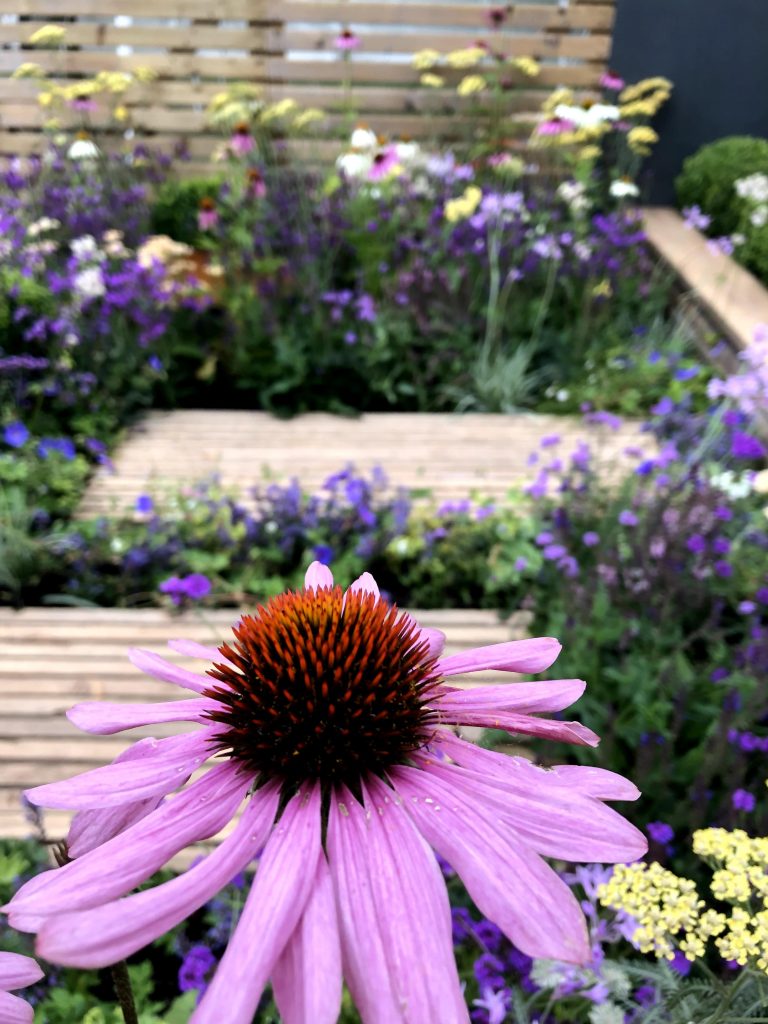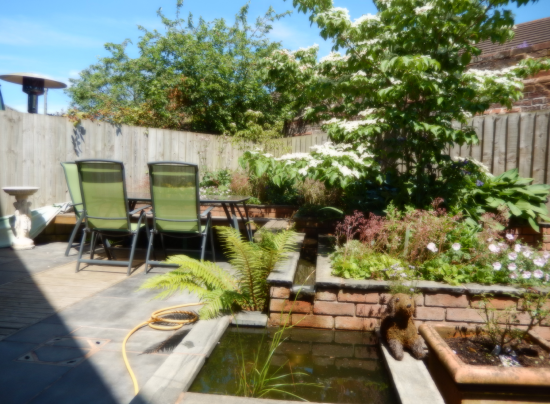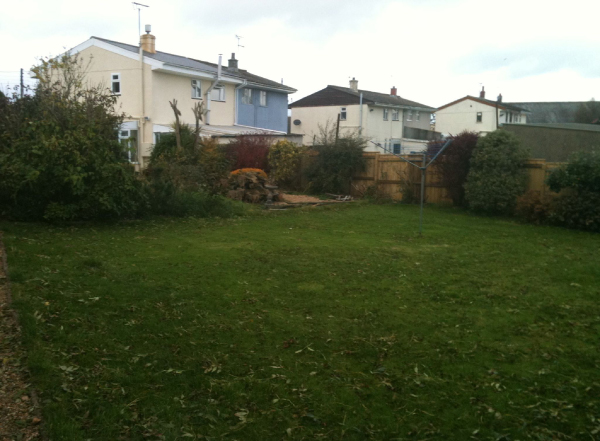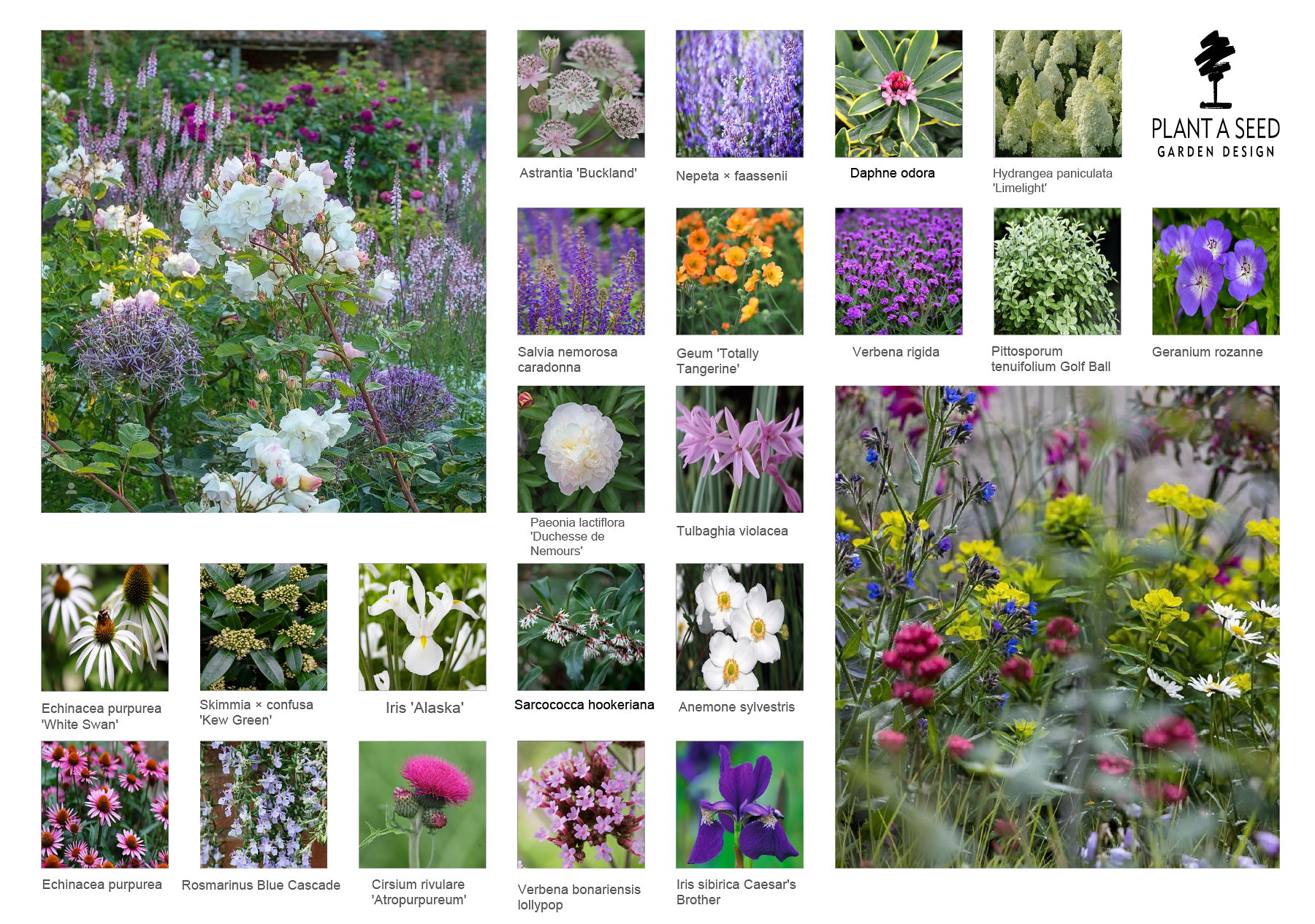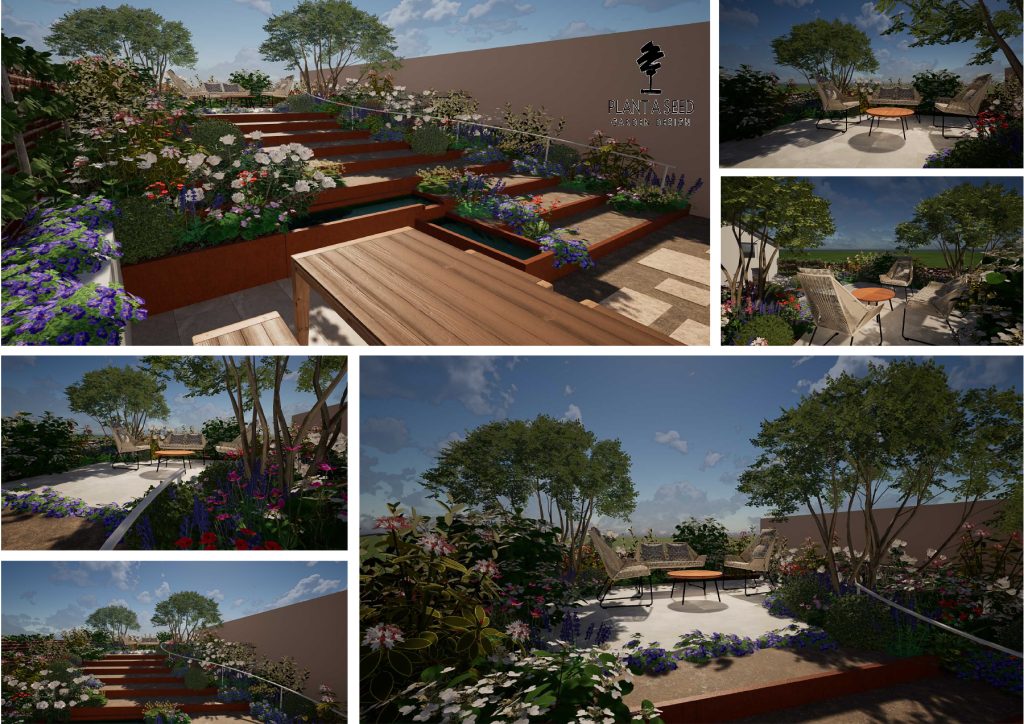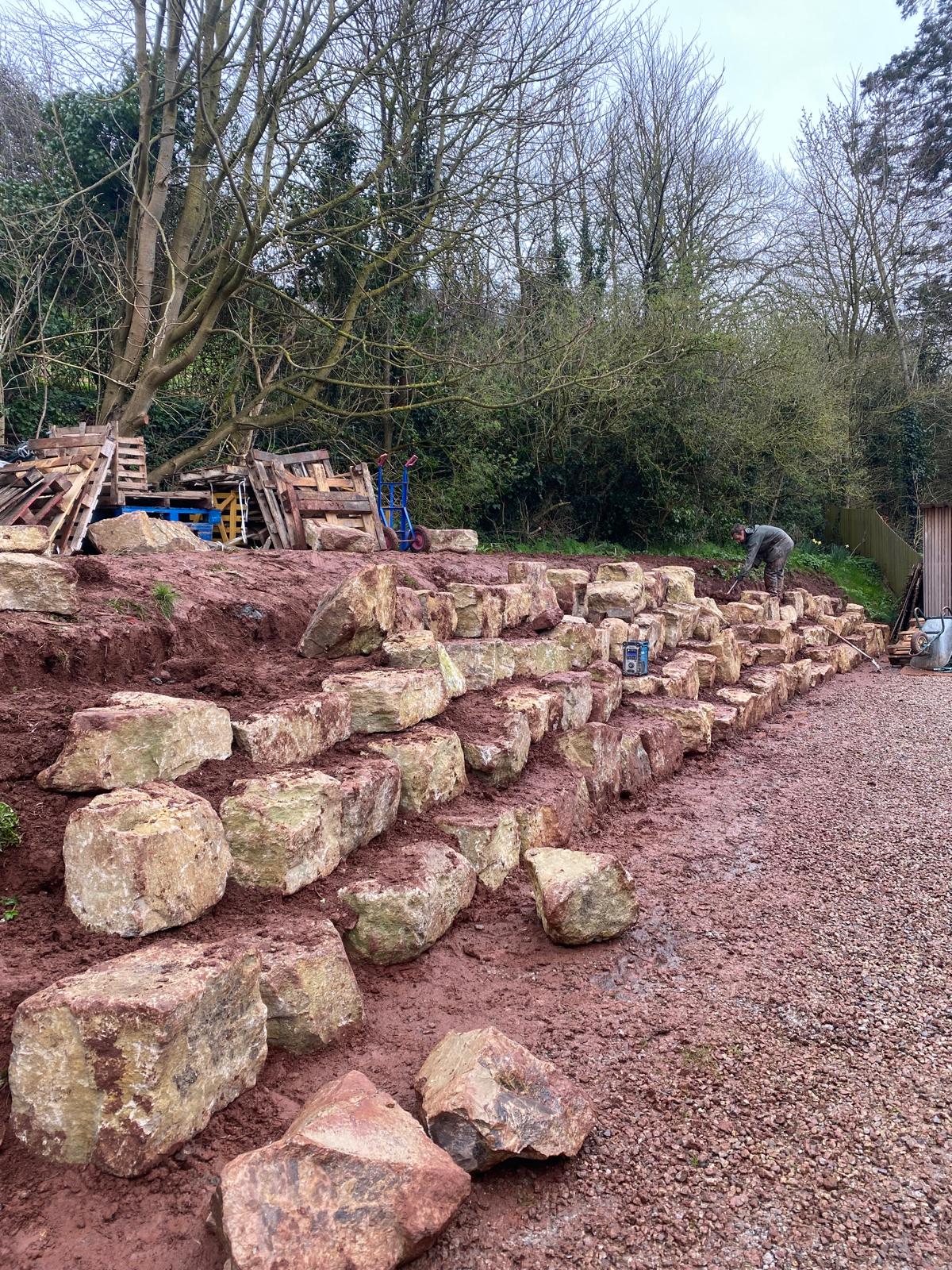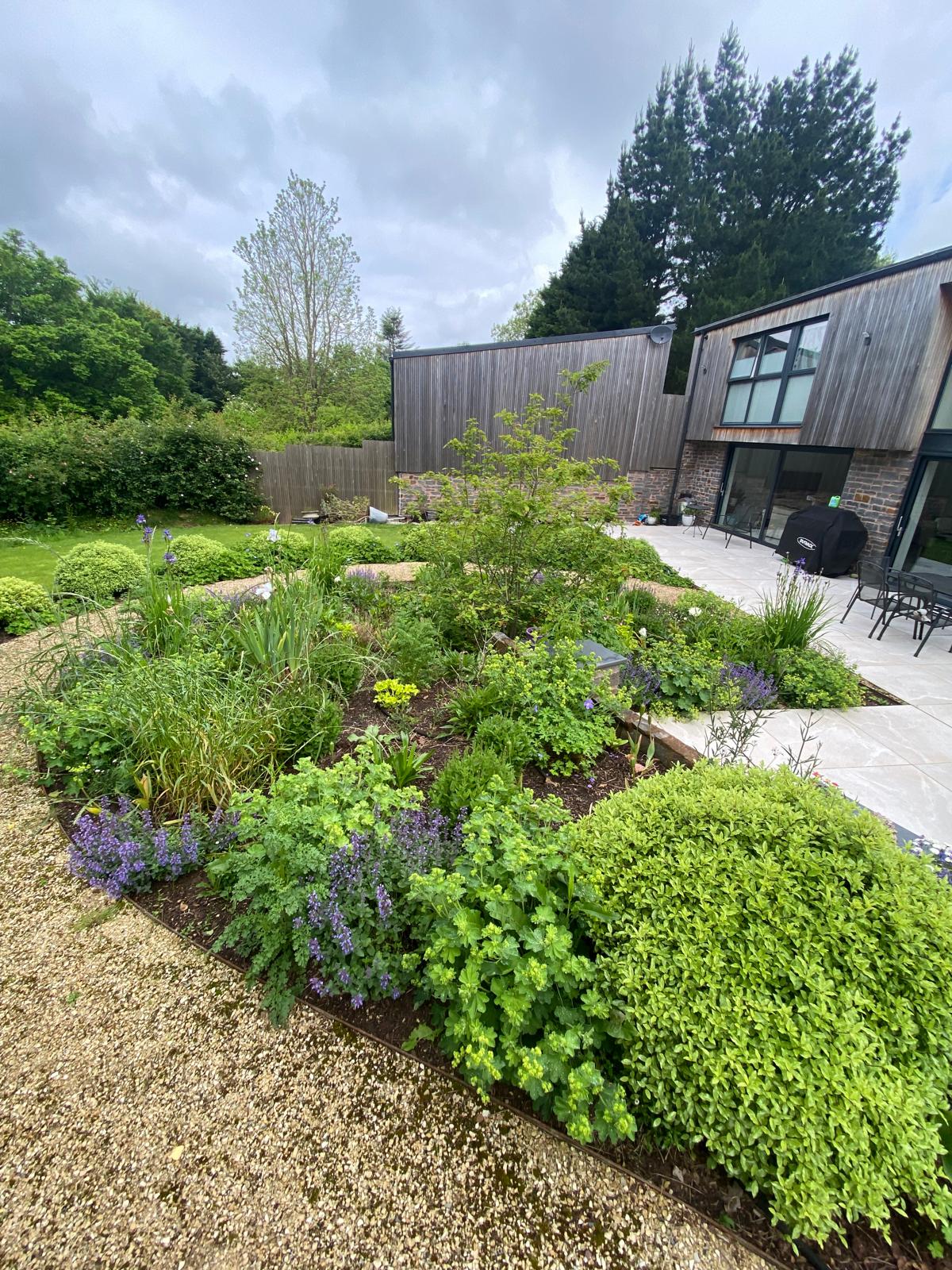Working with Edward Grimes Garden Design involves several stages to create a functional, beautiful, and sustainable outdoor space.
Below is a step-by-step breakdown, this is a guideline only and will be adjusted for individual needs. For example, we can design the garden only, design build and plant, design and plant, or just provide planting plans for an already landscaped garden.
1. Define the purpose and scope through an initial phone consultation and site visits
- Purpose:
Determine how the garden will be used (e.g. relaxation, entertaining, growing food, habitat for wildlife).
- Budget and Timeframe:
Set realistic expectations for cost and timeline.
2. Develop a Design Brief
- List the elements you want in your garden
(e.g. patio, water feature, vegetable beds, flower borders).
- Define any specific themes or styles
(e.g. Modern, Cottage, Japanese, Tropical).
3. Site Analysis and Survey
- Soil Quality:
Test soil type, pH, and fertility.
- Sunlight and Shade:
Observe how light moves across the site throughout the day.
- Climate and Microclimates:
Consider local weather conditions, wind patterns, and any sheltered or exposed areas.
- Existing Features:
Take note of trees, buildings, pathways, water features, and utilities.
- Site Survey:
Undertaken by us, or a 3rd party depending on site requirements, scale plan of existing garden.
4. Create a Concept Plan
- Sketch a basic layout of the garden, placing major features and zones.
- Produce 3d realistic images and mood boards to help explain the concept design.
- Ensure the plan reflects the desired aesthetic and functionality.
5. Choose Plants and Materials
- Select plants suitable for your climate, soil, and design goals (e.g., low-maintenance, seasonal interest).
- Decide on hardscape materials for paths, walls, and other structures.
6. Masterplan Design and Planting Plans
- Create a detailed scaled plan drawing with precise measurements.
- Create photo realistic pictures and walkthrough videos of the design.
- Plan the placement of individual plants, considering height, spread, and colour combinations.
- Construction drawings, (if required).
7. Installation and Planting (optional)
- Install hardscape elements first (e.g. pathways, retaining walls, irrigation systems).
- Plant trees, shrubs, and flowers according to the design plan.
- Mulch and water newly planted areas.
8. Maintenance Plan (optional)
- Establish a schedule for watering, pruning, fertilizing, and biological controls.
- Monitor plant health and adjust care routines as needed.
9. Evaluation and Adjustments (optional)
- This process ensures that the garden meets aesthetic, functional, and environmental goals, ourself, or if you already have a suitable contractor, then for an extra fee I can manage the project for you.
- Over time, assess the garden’s performance.
- Make adjustments as plants grow or if design elements need refinement..
Contact us today on 07515 481501 for a FREE no obligation consultation and let us help your ideas grow into reality.
